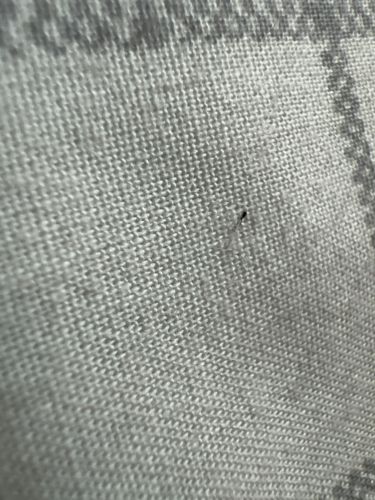Fungus Gnat
Scientific Name: Sciaridae (most common family) or Mycetophilidae
Order & Family: Diptera (Order), Sciaridae or Mycetophilidae (Family)
Size: 2-8 mm (adults)

Natural Habitat
Damp, organic-rich environments, often associated with potted plants, decaying leaves, compost, and moist soil. Indoors, they thrive in overwatered houseplants.
Diet & Feeding
Adult fungus gnats typically do not feed or feed on liquids. Larvae feed on fungi, decaying organic matter, and plant roots. They can damage plant roots, especially in seedlings and young plants.
Behavior Patterns
Adults are weak fliers and are often seen hovering around plants or windows. They are attracted to light. Females lay eggs in moist soil, and larvae develop in the soil, feeding on organic matter. The life cycle from egg to adult is usually 3-4 weeks.
Risks & Benefits
Risks: Larvae can damage the roots of houseplants, especially seedlings, leading to wilting and stunted growth. They are primarily a nuisance pest indoors. They generally do not bite humans. Benefits: In natural environments, they contribute to decomposition by feeding on fungi and decaying organic matter.
Identified on: 10/7/2025